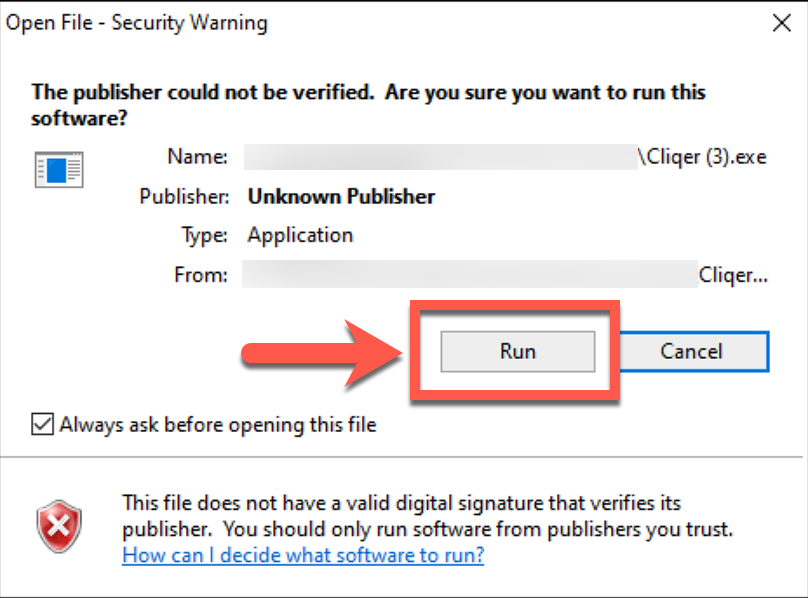
CLICKREPAIR WINDOWS MANUAL
The French Manual has also been updated by Philippe Bonin. The manual has been expanded as a result of these changes. Visual feedback has been updated to allow the user to simultaneously monitor the operations of declick, decrackle, and pitch detection. However, the maximum sensitivity (100) remains unchanged, for the benefit of users with older material. The detection and repair algorithms have been improved – with the new version it is much more likely that marginal and/or false repairs will amount to minor changes.įollowing user feedback, the sensitivity settings have been re-defined, with the new numbers (0–100) corresponding to lower sensitivity than in version 1.3.2. Both of these restrictions have been removed. The previous method for shellac (78) material involved both pre-mixing and post-filtering. The previous method for mono material, which simply pre-mixed to a single data stream, is replaced by independent treatment of the channels, followed by an automatic merge. There is a new algorithm for protection of brass instruments and other highly pitched material. The previous method of processing each channel as a single stream are still available as an option (with some improvements to the algorithms). There is a new processing method which splits the audio data (in each channel) into two streams, using the theory of wavelets. Some of the changes will be obvious (to existing users) from the interface. Version 2.0.1 (build 33c) released September 21, 2006:ĬlickRepair 2 is greatly changed and enhanced compared to the previous version 1.3.2.

domain (FFT), but couldn’t find one without false detections. In the last 2 years I tried numerous methods for automatic crack detection, in the time- as well as in the freq.

Version 2.0.2 (build 33d) released October 21, 2006:įixed bug which could cause processing to stall in some exceptional circumstances. Yes, I dropped my own two-years old win32 C++ project to automatically remove clicks and cracks from my old vinyls after finding Brian Davies’ ClickRepair.


 0 kommentar(er)
0 kommentar(er)
